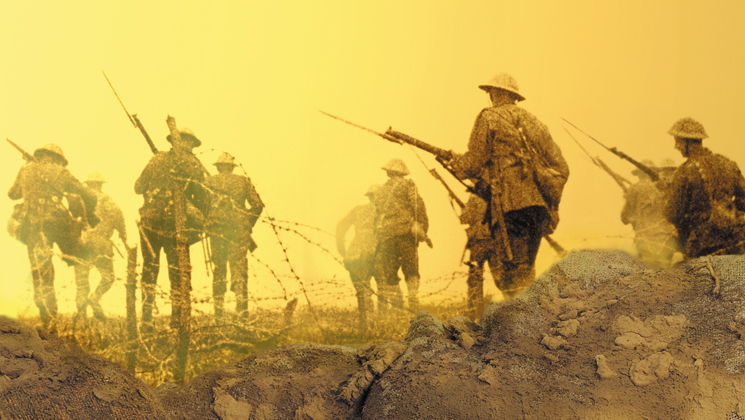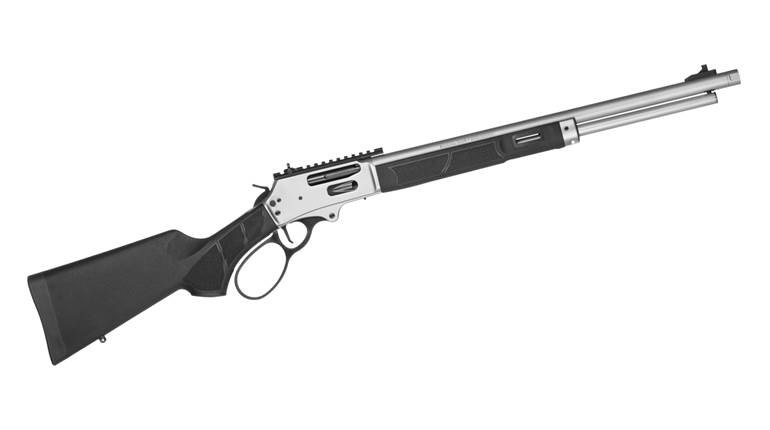
Today marks a significant day in the history of Great Britain and her empire. For it was 100 years ago today, 1st July 1916, that the Somme offensive, the “Big Push,” began. It was the single bloodiest day in the history of the British army, and it was a battle that would drag on until declared over in November. The British and French sustained more than a million casualties, with nearly 60,000 men falling on the first day alone.

It wasn’t just a British that sustained horrific casualties, there were soldiers from all over the British Empire. Near Beaumont-Hamel, the 1st Battalion of the Newfoundland Regiment, after volunteering to do their bit for their King and Commonwealth, went over the top from a couple hundred yards behind the main trench due to German signal rockets being mistaken for the signal that the preceding wave of troops had been successful in taking the German trenches. Nearly all of them were shot down. 
Of the men who went over the top from the Newfoundland Regiment, 91 percent of them, 710 men, became casualties. I’ve been to that spot. It is now a Canadian National Historic Site. The Newfoundland Regiment, which was later named “Royal” for its sacrifice and bravery, was not even a part of Canada at the time of the battle. But it is now. It is there, on a battle site that has been preserved as the Beaumont-Hamel Newfoundland Memorial that one can still see the trench lines, though they are eroding slowly. As you stand by the Caribou rendered in bronze that is representative of Newfoundland and look down you can see the trenches as they were; the front line, the communications trenches and the second line trenches from which the brave Newfoundlanders had to assault. You can even see the Y ravine, where the handful of survivors of the assault were held up by uncut German wire.
As you walk the Somme battlefield, there are gravestones. Many of them read simply, “A Soldier of the Great War.” There is a monument to the Missing of the Somme at Thiepval, and on its walls are carved the names of 72,246 men that were never found. 

It is striking to walk through the cemeteries there, which are so reverently maintained. To walk among them, there's one date that stands out again and again. “1st July 1916.” On one of those gravestones is the name of 14/6882 Rifleman W.J. Keefe, age 34. William John Keefe was in Ulsterman, fighting in the 10th Battalion Royal Irish rifles. Rifleman Keefe was reported killed on 1st July 1916, but his body was not found until the following year. His name is on the memorial in his native Belfast. His death notice in the Belfast Telegraph reads, “No more will the smile of his countenance brighten, the long dreary days of the ones left behind; for no one who knew him could ever forget him, his ways were so loving, so faithful and kind.” His remains are interred in the soil of the Somme.
Of the nearly 60,000 casualties that the British army experienced on 1st July 1916, 585 of them came from one battalion of 700 men. That battalion, among the most heavily punished of Battle of Somme, was the 11th Battalion East Lancashire Regiment, known as the Accrington Pals.  After war broke out in August 1914, Lord Kitchener called for volunteers. If you remember the recruiting poster of the mustachioed field marshal pointing his finger at the viewer with the words “Wants You,” that was Kitchener’s call. Those volunteers were called the New Army or Kitchener’s Army, and it was made up of volunteers who were promised they could serve together. These battalions became known as “Pals” battalions. On 1st July 1916, they were called to go over the top part as an assault toward the village of Serre. A few years ago I walked that ground with author and historian Martin Pegler. It was one of the most moving experiences of my life. To stand on the ground to see the exact position of the assaulting British infantry and the German machine gun positions, enfilading machine gun fire from water-cooled belt-fed Maxims, guns that fired after belt after belt into the men of the Accrington Pals and others. The battalion ceased to exist. As reported by a survivor, “We were able to see our comrades move forward in an attempt to cross No Man’s Land only to be mown down like meadow grass. I felt sick at the sight of the carnage and remember weeping.”
After war broke out in August 1914, Lord Kitchener called for volunteers. If you remember the recruiting poster of the mustachioed field marshal pointing his finger at the viewer with the words “Wants You,” that was Kitchener’s call. Those volunteers were called the New Army or Kitchener’s Army, and it was made up of volunteers who were promised they could serve together. These battalions became known as “Pals” battalions. On 1st July 1916, they were called to go over the top part as an assault toward the village of Serre. A few years ago I walked that ground with author and historian Martin Pegler. It was one of the most moving experiences of my life. To stand on the ground to see the exact position of the assaulting British infantry and the German machine gun positions, enfilading machine gun fire from water-cooled belt-fed Maxims, guns that fired after belt after belt into the men of the Accrington Pals and others. The battalion ceased to exist. As reported by a survivor, “We were able to see our comrades move forward in an attempt to cross No Man’s Land only to be mown down like meadow grass. I felt sick at the sight of the carnage and remember weeping.”
Today, a British living history group will commemorate the sacrifice of those men. Included in the ranks of that group is the grandson of a man who served in the battalion during the war. But, as they made their way from England to the hallowed ground of the Somme battlefield, they weren't allowed to take their deactivated rifles. Owning a Short, Magazine Lee Enfield Mark III rifle in England is a difficult task these days. But living historians can own rifles that have been deactivated. Typically this involves completely filling the firing pin channel with weld—such guns cannot fire.
But, the guns were not apparently deactivated enough. The living history group was told that according to new European Union rules passed in the wake of the horrific Paris attacks, they could not take their deactivated rifles. They were forced to purchase, if they could afford it, even more deactivated rifles that are OK by European Union rules. Such guns cost an additional 1,200 pounds.
And according to a thesun.co.uk article, perhaps the rifles may have been deactivated enough, but the British Home Office, the EU and French officials could not find a way for them to commemorate and remember the men who sacrificed so much 100 years ago today with deactivated rifles that could not even fire a blank salute in memory of the fallen already.
The rifle used by the British Army during the Great War were, in my view, the best combat rifle of the era. That gun is the Short, Magazine Lee-Enfield. I'll admit, I have a few of them, and they are not destroyed through deactivation. The 10-round-capacity magazine, the slick action and the even-then-archaic though effective, rimmed 303 British cartridge, made for what we called it an article years ago, the ‘Workhorse of the British Empire.”
Although the United States would not enter the Great War until April 1917, today is the day that we should remember all those that died in Great War and especially on the green slopes of the Somme. Lest we forget.






















![Winchester Comm[94]](/media/1mleusmd/winchester-comm-94.jpg?anchor=center&mode=crop&width=770&height=430&rnd=134090756537800000&quality=60)
![Winchester Comm[94]](/media/1mleusmd/winchester-comm-94.jpg?anchor=center&mode=crop&width=150&height=150&rnd=134090756537800000&quality=60)












